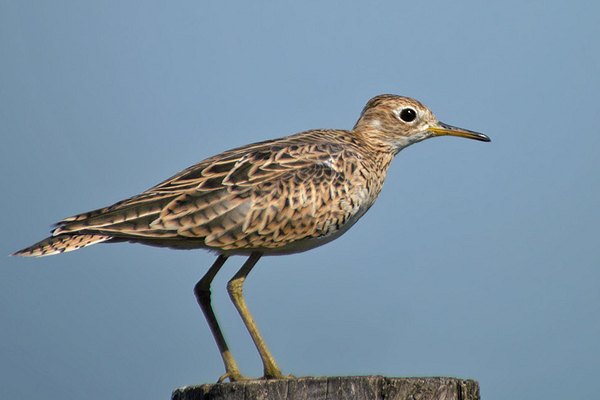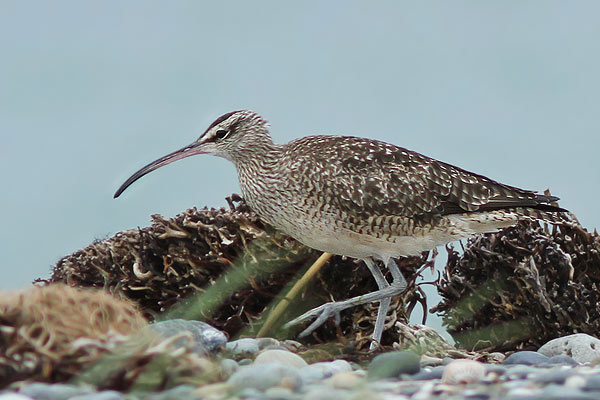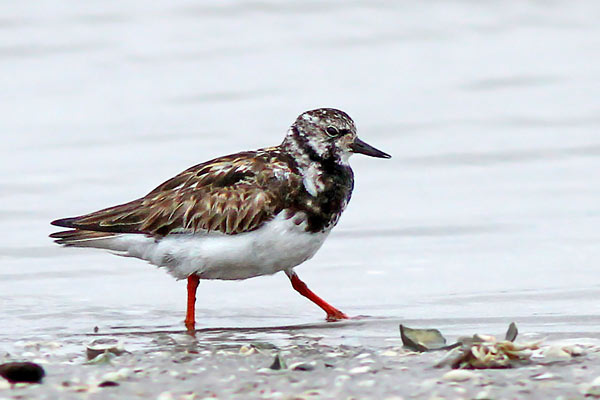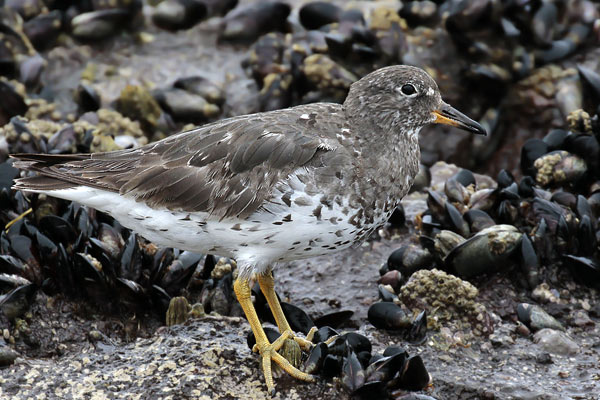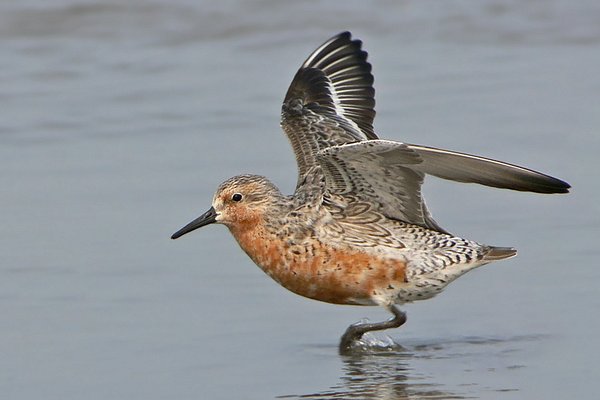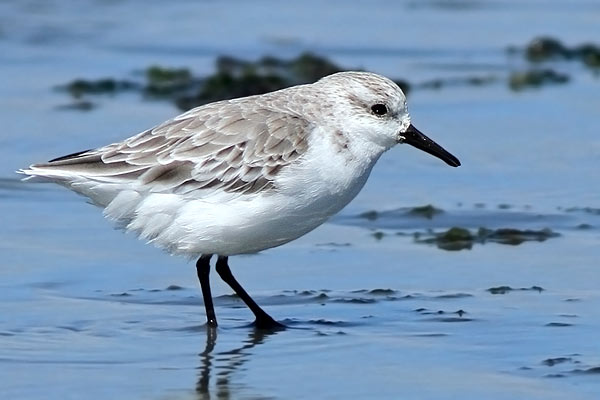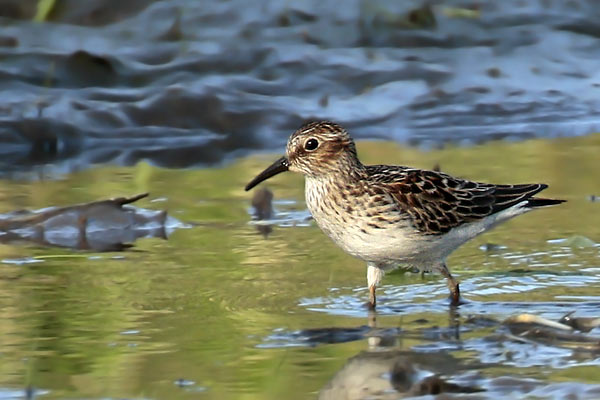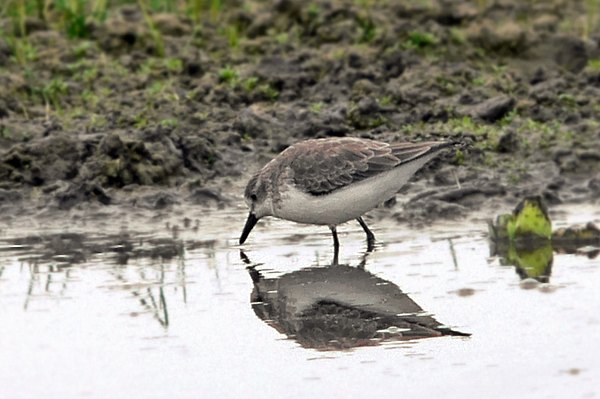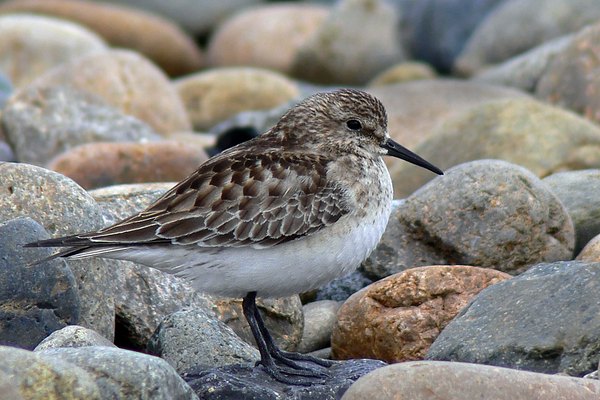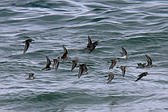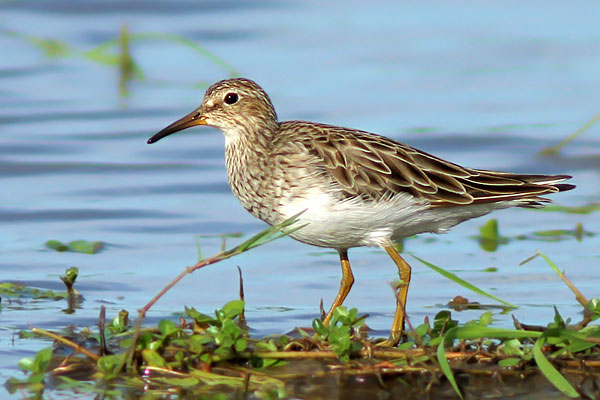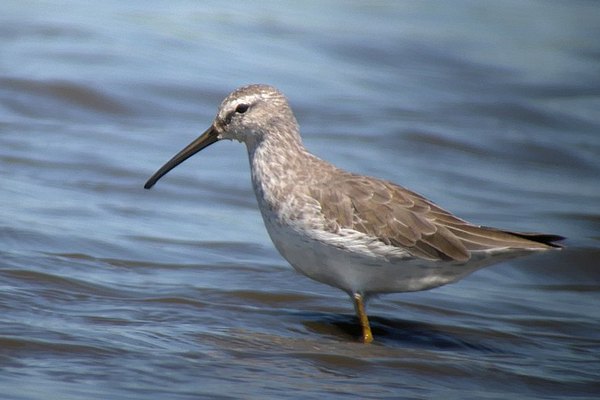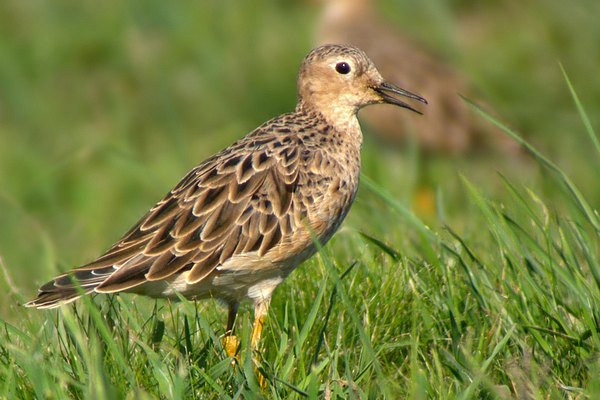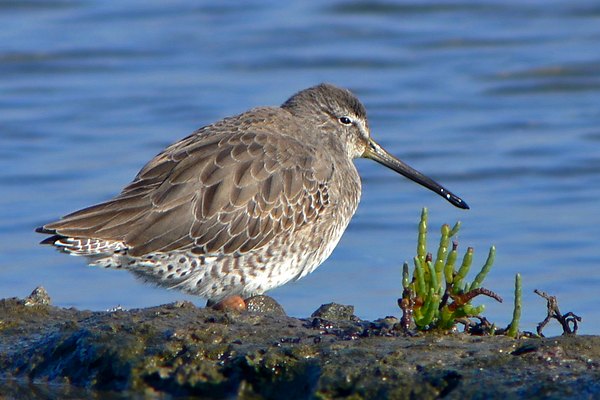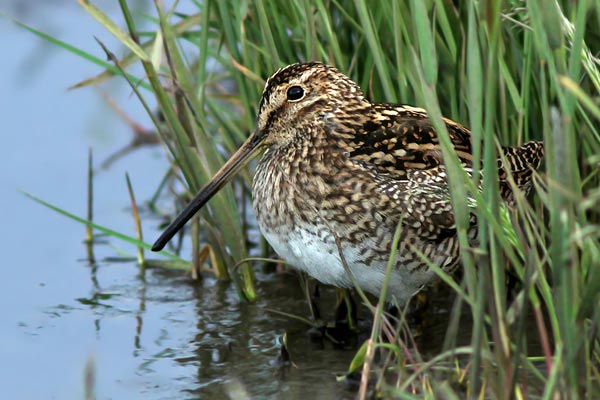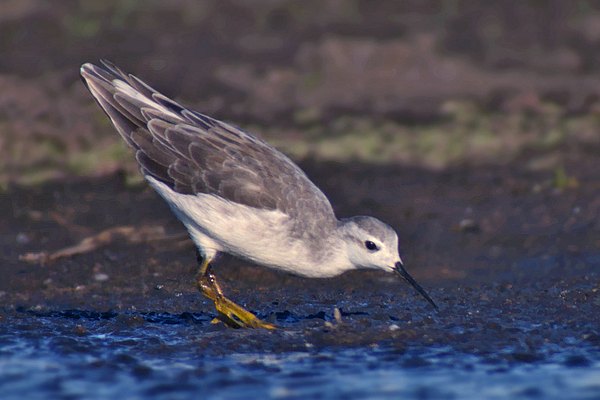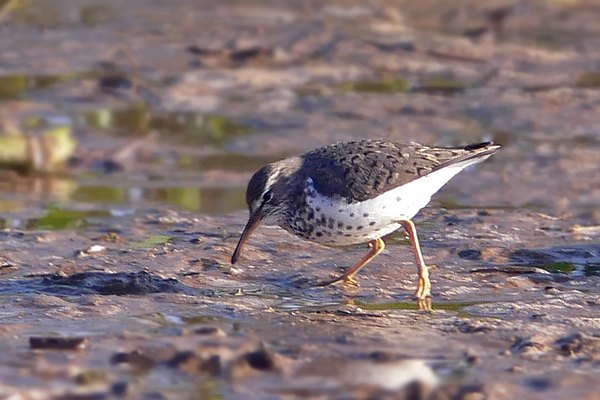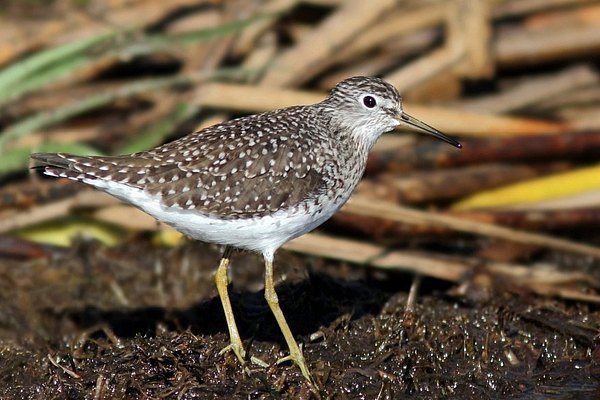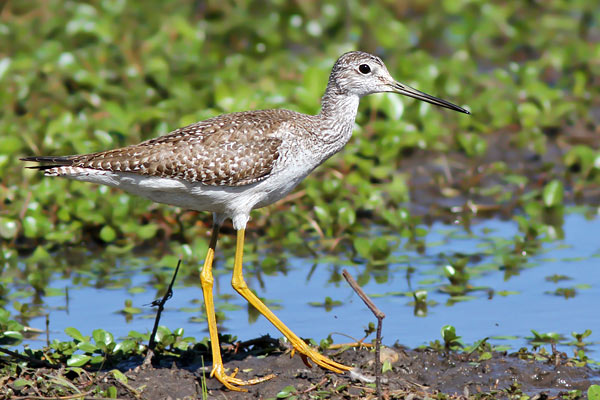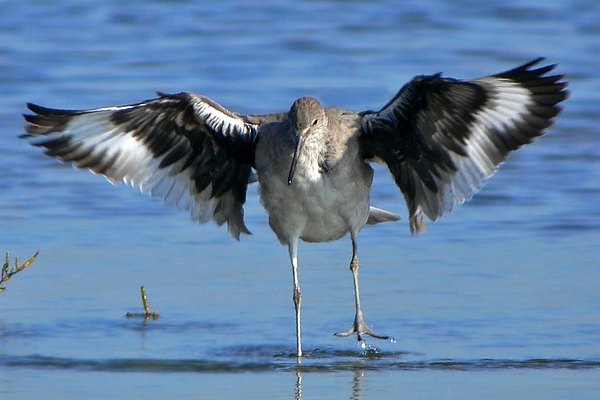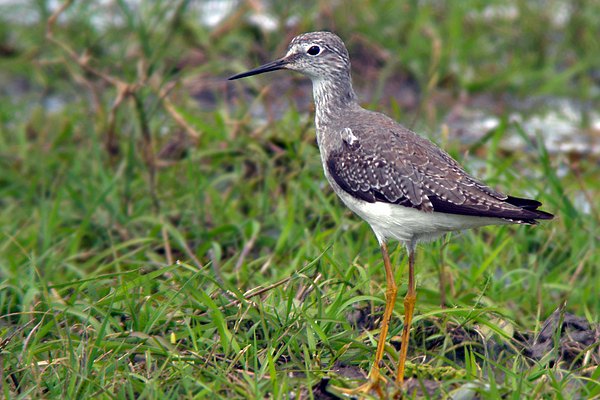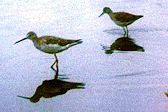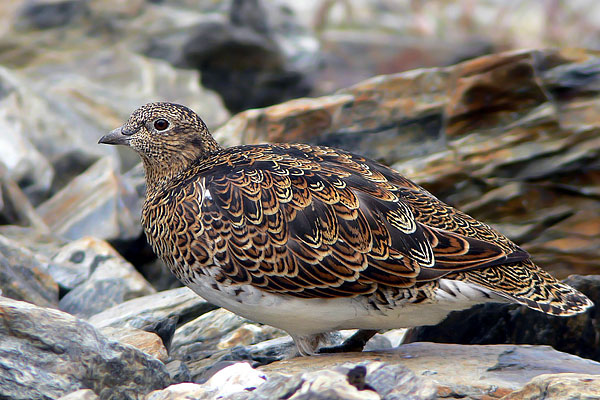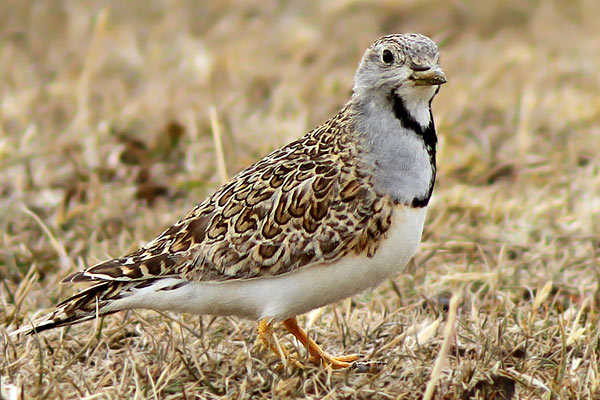 |
fotos de animales silvestres de
ARGENTINA |
 |
|
www.fotosaves.com.ar - Alec Earnshaw |
|||
photos of wild animals of ARGENTINA |
|||
Actualizado / Updated: 05-2023
|
Aves - Birds
CHARADRIIFORMES - Suborden SCOLOPACI Playeritos, Pitotoys Becasas, Agachonas, Jacanas, etc. - Sandpipers, Whimbrels, Seedsnipes, Jacanas, etc. |
|
ORDEN ANTERIOR
|
PRóXIMO
ORDEN
|
||||
|
PREVIOUS ORDER
|
NEXT ORDER
|
|
El
drama de las aves playeras
|
The
plight of shorebirds
|
| Este
grupo comprende la mayoría de las "aves playeras", aves que generalmente
pasan desapercibidas en barreales, pastizales y costas marinas. Sin embargo
la mayoría de éstas esconde una de las habilidades más
sorprendentes: la capacidad de volar grandes distancias. ¿Grandes?
¡No! ENORMES. Muchas son migrantes hemisféricos. Eso quiere
decir que vuelan de un lado del mundo al otro: de las costas del Sur de
la Patagonia hasta Alaska. Aún no es posible explicar cómo
almacenan tanta energía para lograr hacer este trayecto, anidar,
criar pichones, y volver 6 meses después, para repetir el mismo
trayecto dos veces al año - uno de ida y uno de vuelta. ¿Y
cómo navegar esas distancias? Otro misterio. Algunas especies crían
siempre en nuestras costas del Sur, y luego migran al Norte. Otras especies
crían solamente en el hemisferio Norte y vienen acá a refugiarse
del crudo invierno ártico. Algunas no son migrantes hemisféricos, pero
igualmente cubren grandes distancias. La migración es fundamental
para el ciclo de reproducción, ya que su forma de vida exige un
determinado entorno y clima para anidar y criar sus pichones. Los individuos
que no migran suspenden la crianza por ese año. A toda costa necesitan llegar a determinados sitios, sus "estaciones de servicio", es decir, las playas a las que llegan exhaustos y hambrientos y donde recuperan sus fuerzas para continuar el viaje. La llegada a estos sitios singulares siempre coincide con la disponibilidad de una fuente de alimento abundante: por ejemplo el momento de desove de determinados cangrejos, o en que aparecen abundantes almejas en la costa. Este sincronismo y dependencia esta marcado genéticamente y es lo que permite que gigantescas bandadas logren realizar sus migraciones. Cualquier alteración, en especial de los sitios críticos de reabastecimiento, implica el fracaso de la migración y enormes mortandades. Esto que viene ocurriendo año a año durante millones de años ahora choca con un cambio brusco y veloz: el hombre moderno impone, en los últimos 20 o 30 años, importantes novedades en el uso de las playas: las multitudes en su descanso veraniego abarcando cada vez más km de playa, puertos, plantas industriales, actividades de pesca, empetrolamientos, etc. Y no nos olvidemos de las 4x4 en las playas, y de los safaris "ecológicos" a lo largo de la costa en ruidosos y veloces cuatriciclos. Estas y otras actividades afectan la supervivencia de las aves playeras, ya sea por acción directa (por el permanente espantado de bandadas, el pisoteo de nidos, y la destrucción y abandono de las colonias de nidificación) como indirecta (la destrucción de las fuentes de alimentación, con lo cual las bandadas llegan a sus "estaciones de servicio" y encuentran que "no hay nafta" para seguir el viaje. Los gobiernos municipales, provinciales y nacionales deben atender a lo que esta pasando con las aves playeras y tomar las medidas necesarias para la efectiva protección de los sitios que son críticos para la supervivencia de estas especies. Gracias a la ciencia la humanidad ya conoce donde están estos sitios. ¡Así que a protegerlos entonces! |
Shorebirds
are often dismissed as they feed in mudflats, fields and sea shores, but
they hide one of the greatest wonders of the natural world: the ability
to fly literally half way across the world - and back - year after year.
This is essential for their breeding, as they must travel to the right
places, reaching the right sort of habitat and climate needed for successful
breeding. Individuals who miss their migration will have to skip breeding
that year. It is a wonder how they accumulate the energy needed, and how they are
able to navigate so accurately. In order to migrate they must reach specific
points along their route to which they will arrive in perfect synchronisation
with the availability of abundant food supplies, be it the hatching of
a particular crab species or the surfacing of vast numbers of shellfish,
for instance. These abilities are deeply ingrained in their "genes".
Any alteration to these resources for the birds immediately implies huge losses in the bird populations, and since migrating flocks often represent a very large proportion of the total world population of the species, one can easily see the crucial importance of these sites to the survival of the species as a whole. This amazing feat has been repeating ever since it developed, possibly millions of years ago, but now it faces a sudden challenge - the incredibly fast transformation of the shores, as man finds other uses for them: multitudes visiting the seaside, new ports built, oil spill accidents, fishing projects, industrial plants, etc. And let us not forget the hundreds of 4x4's that now drive along the beach, or the "ecological" tours along the coast on speedy and noisy 4-wheel bikes. These and other human activities are disturbing the birds, flushing huge flocks, trampling the nests, causing the abandonment of huge nesting colonies, or the slow but often irreversible extermination their food resources. Local, provincial and national governments should become aware of what is happening to the world's shorebirds and take action to protect the unique places which they depend on for their survival. Through science, humanity now knows were these places are. So let's protect them! |
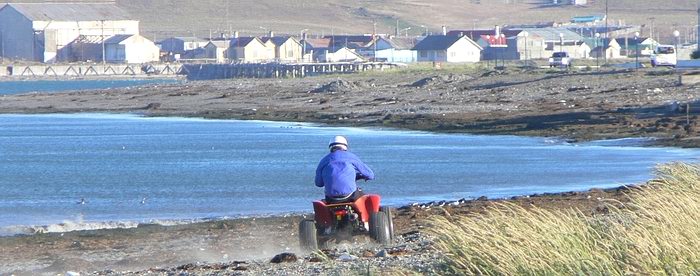 |
|
Una diversión amena, pero no es en el lugar más indicado: estas son las playas de Río Grande, en Tierra del Fuego, donde se alimentan miles y miles de aves playeras previas a emprender su viaje al norte. La foto no captó el momento en que volaron incontables aves playeras escapado el rugido. ACTUALIZACION: Con mucha alegría comento que el uso de cuatriciclos y otros vehículos por las playas que integran la Reserva Costa Atlántica de Tierra del Fuego se encuentra ahora prohibido y penado. Asimismo los perros deben ir con correa. Así pude constatar en mi visita de enero de 2014. |
Lots
of fun, but it's surely not the best place for this: these are the beaches
of Río Grande, in Tierra del Fuego, where thousands upon thousands
of shorebirds feed, anticipating their flight north. The photo failed
to capture the moment when huge flocks escaped the noisy pass of the vehicle. UPDATE: It gives me great pleasure to announce that the use of motorized vehicles is now banned in the protected areas of the atlantic coast of Tierra del Fuego. Also, dogs are required to be kept on leashes. So I observed on my visit in January 2014. |
| TABLA
DE ESPECIES - Lista las especies representadas con fotos en esta página.
El link a la derecha accede rápidamente
a la única foto de cada especie, debajo de la cual tendrás
otro enlace al resto de las fotos. Nomenclatura según Clemens Checklist 6.6, a nivel de especie. |
SPECIES TABLE - Lists the species with photos in this page. Click
on the link
to the right, wich will take you to a single photo, below which is a link
to other photos of the same sepcies. Names as per Clemens Checklist 6.6, to species level. |
|
FAMILIA
|
Nombre
Español
|
English
Name
|
Scientif.
|
Link
|
|
SCOLOPACIDAE
|
||||
Numeniinae |
Batitú | Upland Sandpiper | Bartramia longicauda | |
| Playero Trinador | Whimbrel | Numenius phaeopus | ||
Limosinae |
Becasa de Mar | Hudsonian Godwit | Limosa haemastica | |
Arenariinae |
Vuelvepiedras | Ruddy Turnstone | Arenaria interpres | |
| Playero de Rompiente | Surfbird | Calidris virgata | ||
| Playero Rojizo | Red Knot | Calidris canutus rufa | ||
| Playerito Blanco | Sanderling | Calidris alba | ||
| Playerito Menor | Least Sandpiper | Calidris minutilla | ||
| Playerito Enano | Semipalmated Sandpiper | Calidris pusilla | ||
| Playerito Rabadilla Blanca | White-rumped Sandpiper | Calidris fuscicollis | ||
| Playerito Unicolor | Baird's Sandpiper | Calidris bairdii | ||
| Playerito Pectoral | Pectoral Sandpiper | Calidris melanotos | ||
| Playerito Zancudo | Stilt Sandpiper | Calidris himantopus | ||
| Playerito Canela | Buff-breasted Sandpiper | Calidris subruficollis | ||
Scolopacinae |
Becasa Gris | Short-billed Dowitcher | Limnodromus griseus | |
|
Becasina Común |
South American Snipe | Gallinago paraguaiae | ||
Becasina Patagónica |
Magellanic Snipe | Gallinago magellanica | ||
Becasina Andina |
Puna Snipe | Gallinago andina | ||
Triginae |
Faloropo Común | Wilson's Phalarope | Phalaropus tricolor | |
| Playerito Manchado | Spotted Sandpiper | Actitis macularia | ||
| Pitotoy Solitario | Solitary Sandpiper | Tringa solitaria | ||
| Pitotoy Grande | Greater Yellowlegs | Tringa melanoleuca | ||
| Playero Ala Blanca | Willet | Tringa semipalmata | ||
| Pitotoy Chico | Lesser Yellowlegs | Tringa flavipes | ||
THINOCORIDAE |
||||
| Agachona Patagónica | White-bellied Seedsnipe | Attagis malouinus | ||
| Agachona de Collar | Grey-breasted Seedsnipe | Thinocorus orbignyianus | ||
| Agachona Chica | Least Seedsnipe | Thinocorus rumicivorus | ||
JACANIDAE |
||||
| Jacana | Wattled Jacana | Jacana jacana | ||
ROSTRATULIDAE |
||||
| Aguatero | South American Painted-snipe | Nycticryphes semicollaris | ||

